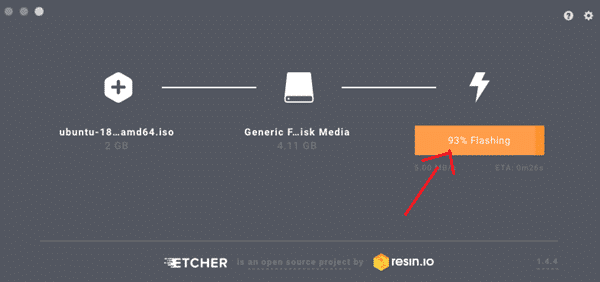


- #HOW TO INSTALL LINUX ON A MAC ALL IN ONE DRIVERS#
- #HOW TO INSTALL LINUX ON A MAC ALL IN ONE UPDATE#
They are just different ways to arrange and access things like the start menu, desktop icons, the task bar and such.Īs part of the installation process, in just a few minutes we will be booting and running a Live DVD/USB version of Manjaro, without making any changes at all to your computer. If you aren't familiar with Linux and the various desktop GUI versions, don't be intimidated by the choice here. Please note that Manjaro 17.x is the last edition which will have 32-bit architecture release. On this page you will find three different desktop versions: Xfce, KDE and Gnome - each with 32-bit and 64-bit architecture versions. The first step in installing Manjaro Linux is to go to the Get Manjaro page (see above) and download the installation image.
#HOW TO INSTALL LINUX ON A MAC ALL IN ONE UPDATE#
The purpose of these new ISO images is to roll up all the updates and patches that have been made since the last Manjaro point release, and to update the installer itself to the latest version. All you need to do is make sure that your system has all the latest patches and updates installed and you will in fact be running this new release.
#HOW TO INSTALL LINUX ON A MAC ALL IN ONE DRIVERS#
My objective today is to use this release to show that Linux can be installed from scratch, configured and used for everyday work without using command line (text console) access, and without having to download, compile, install or otherwise perform any manual tasks to install device drivers or other hardware support.īest of all, the complete installation and configuration can be done in well under an hour!įirst, I want to be absolutely clear about this, if you already have Manjaro Linux installed it is not necessary to reinstall from scratch with this new release. The Manjaro Linux developers announced the release of version 17.0.5 last week. The 'Get Manjaro' page, where my experiment began.


 0 kommentar(er)
0 kommentar(er)
